As I pointed out when the "big five" IT changes came down the pike three years ago (mobile, social, cloud, consumerization, and big data), which were seen as an unprecedented series of simultaneous changes at the time -- and in which we are still mostly in the early to mid-point stages of adoption in organizations today -- that the gap between what's achievable and what's needed might become untenable. Combine these in-process changes with limited budget for tackling strategic new capabilities like open APIs, Internet of Things, omnichannel engagement, machine learning, digital business models, rethought digital workplaces, and new models of IT such as bi/tri-modal, and you have a pretty hard to climb mountain of accumulated technical debt.
Get Started for FREE
Sign up with Facebook Sign up with X
I don't have a Facebook or a X account
 Your new post is loading... Your new post is loading...

Francois Naude's curator insight,
July 19, 2015 4:41 PM
The impact of this on procurement may be immense. This is an area to watch.

Farid Mheir's comment,
May 25, 2015 3:10 PM
@Carol Bently thank you and pleas recommend my topic if you can!

Farid Mheir's comment,
May 26, 2015 7:21 PM
@Russell R. Roberts, Jr. thanks for the great comments and editorial, I always appreciate reading your insights as they bring much value to the posts.

Peter Azzopardi's curator insight,
October 9, 2014 5:46 PM
The most directly related trend was "Cloud/Client Computing. ....

oneworldmobile's curator insight,
July 24, 2014 4:12 PM
Operational efficiencies are eliminating human jobs. Where does that leave the employed of us?

Vanessa Santé Enjeux Seniors's curator insight,
July 16, 2014 4:03 AM
Une belle innovation qui pourrait sauver des vies, notamment celles des personnes âgées! Des lentilles de contact qui non seulement améliore la vue, mais permettent de détecter plusieurs maladie, dont le diabète, à suivre de près!

Pier Bécotte's curator insight,
July 16, 2014 9:31 AM
Google frappe intelligente lentilles de contact accord pour suivre le diabète et fixer l'hypermétropie 
IV Technology's curator insight,
July 18, 2014 11:18 AM
siguiente paso es hacer diagnosticos con scaner y que se prenda una luz roja para que vayamos al servicio.... Hospital

Rick Dempsey's curator insight,
June 9, 2014 4:07 AM
Interesting news but the editor seems to have missed the point in pairing it with a Terminator pic and not one of the Blade Runner VK test...

Hamza Ali's curator insight,
June 6, 2014 11:03 AM
are you looking for new mobiles ???? then visit http://hintamobile.com/ you can compare your favorite mobiles |

Curated by Farid Mheir
Get every post weekly in your inbox by registering here: http://fmcs.digital/newsletter-signup/
|




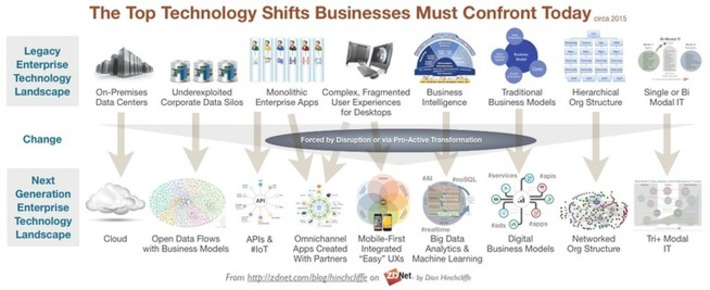

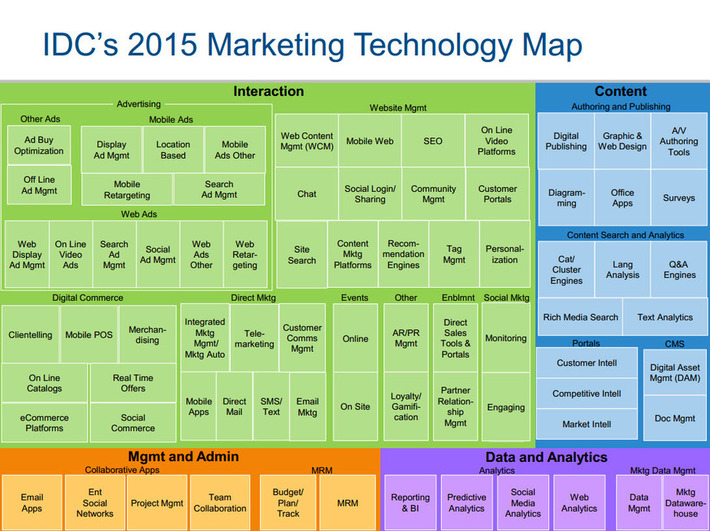


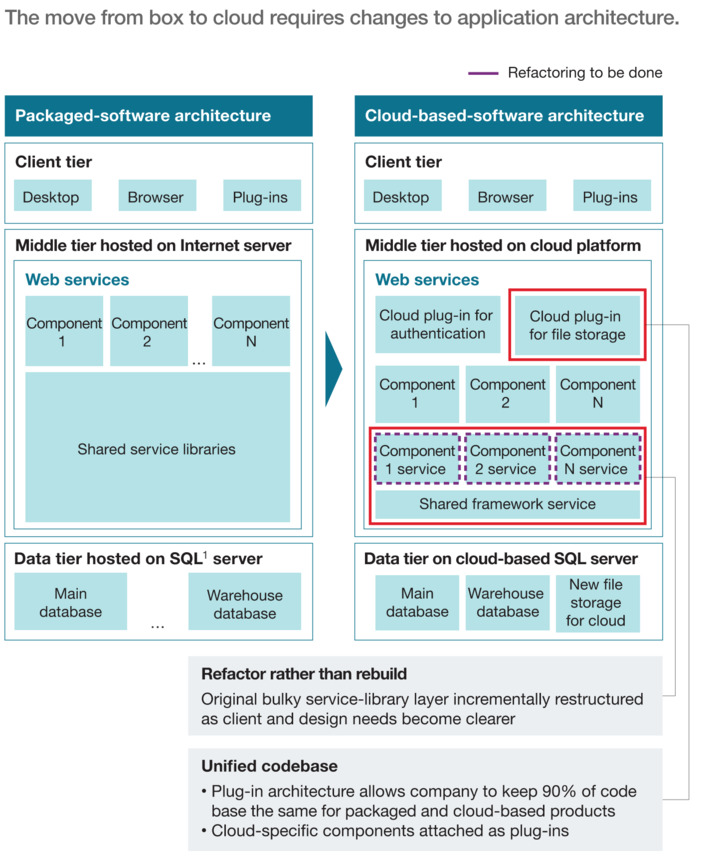



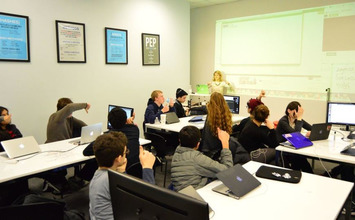
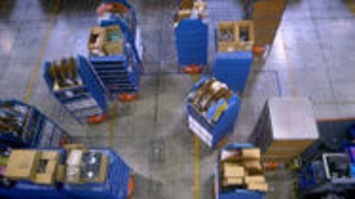

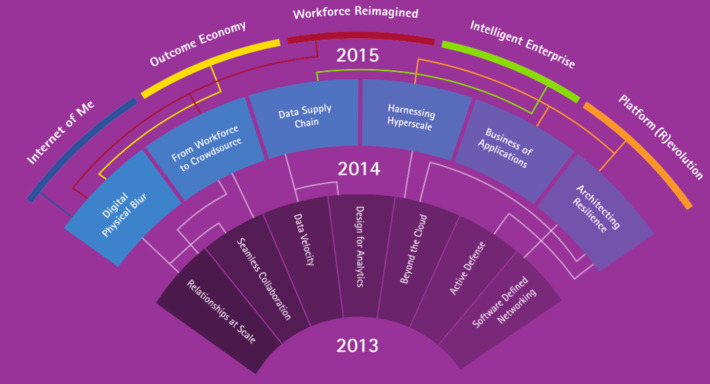

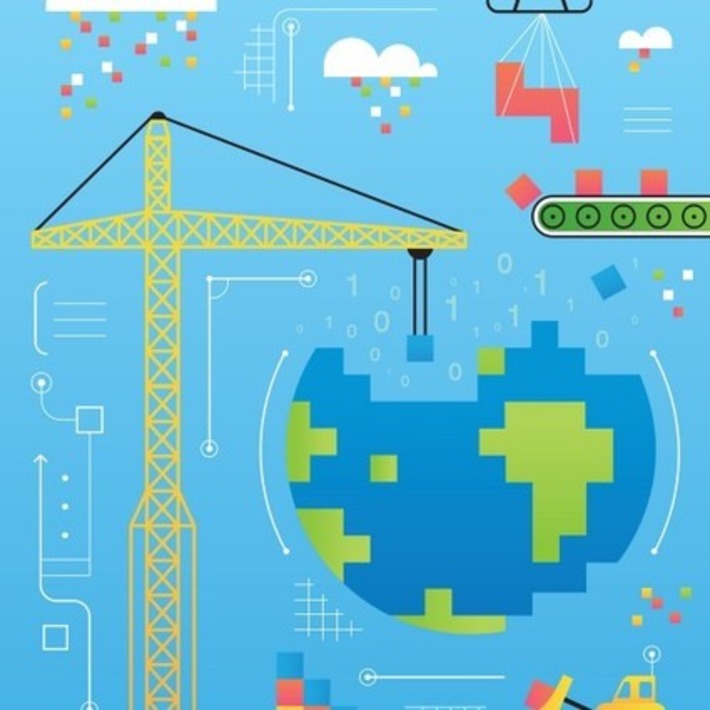
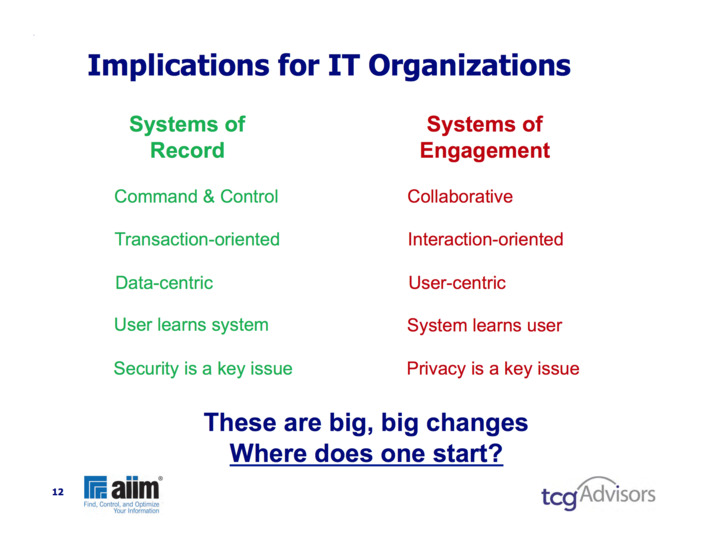

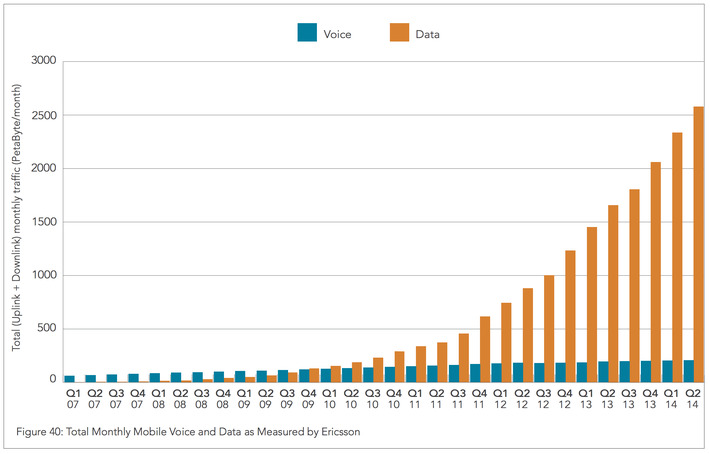




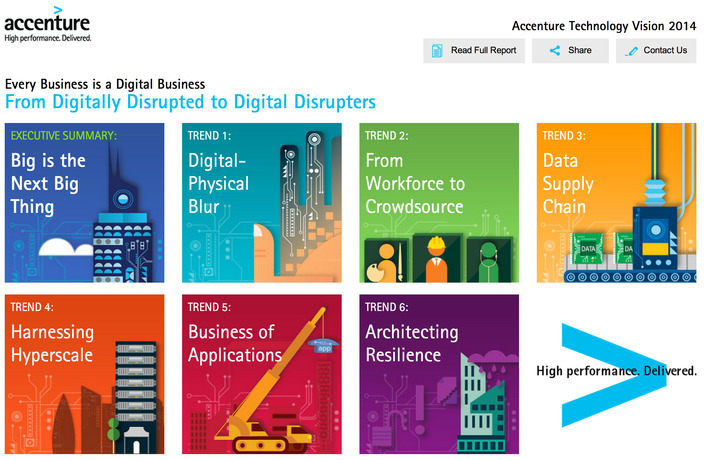
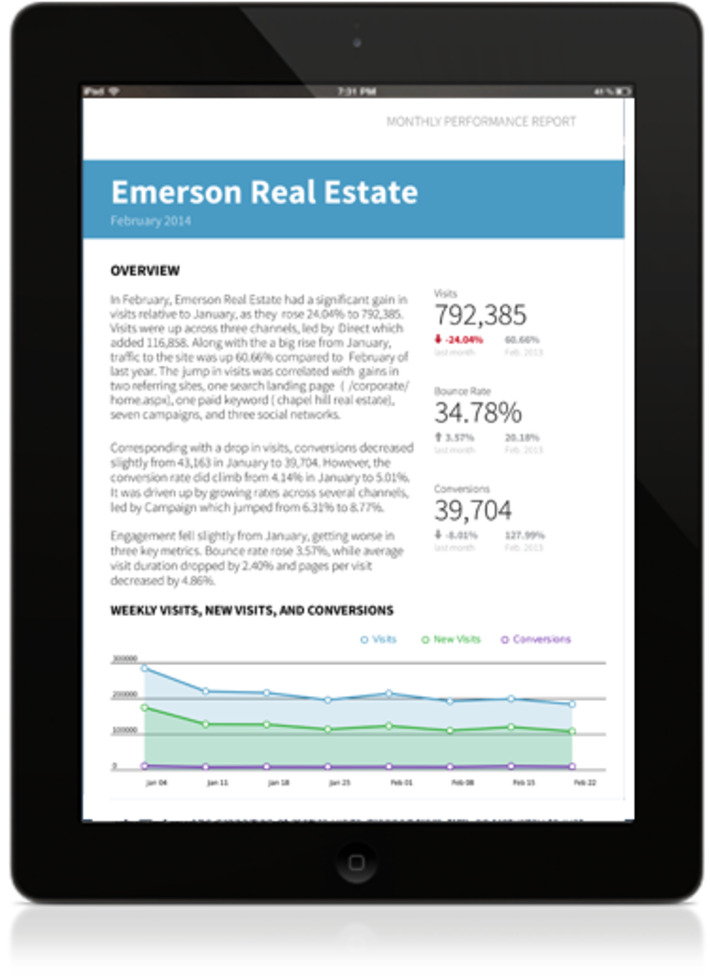











A very insightful diagram within another interesting article, it charts the multiple technologies that organizations are faced with and that can provide serious disruptions by lowering costs or enabling new business models.
WHY THIS IS IMPORTANT?
It says "technology" and everyone thinks CIO but in reality those changes will impact every unit in the organization so every leader must be aware of them and have a plan to manage the accompanying change from a people and process standpoint.